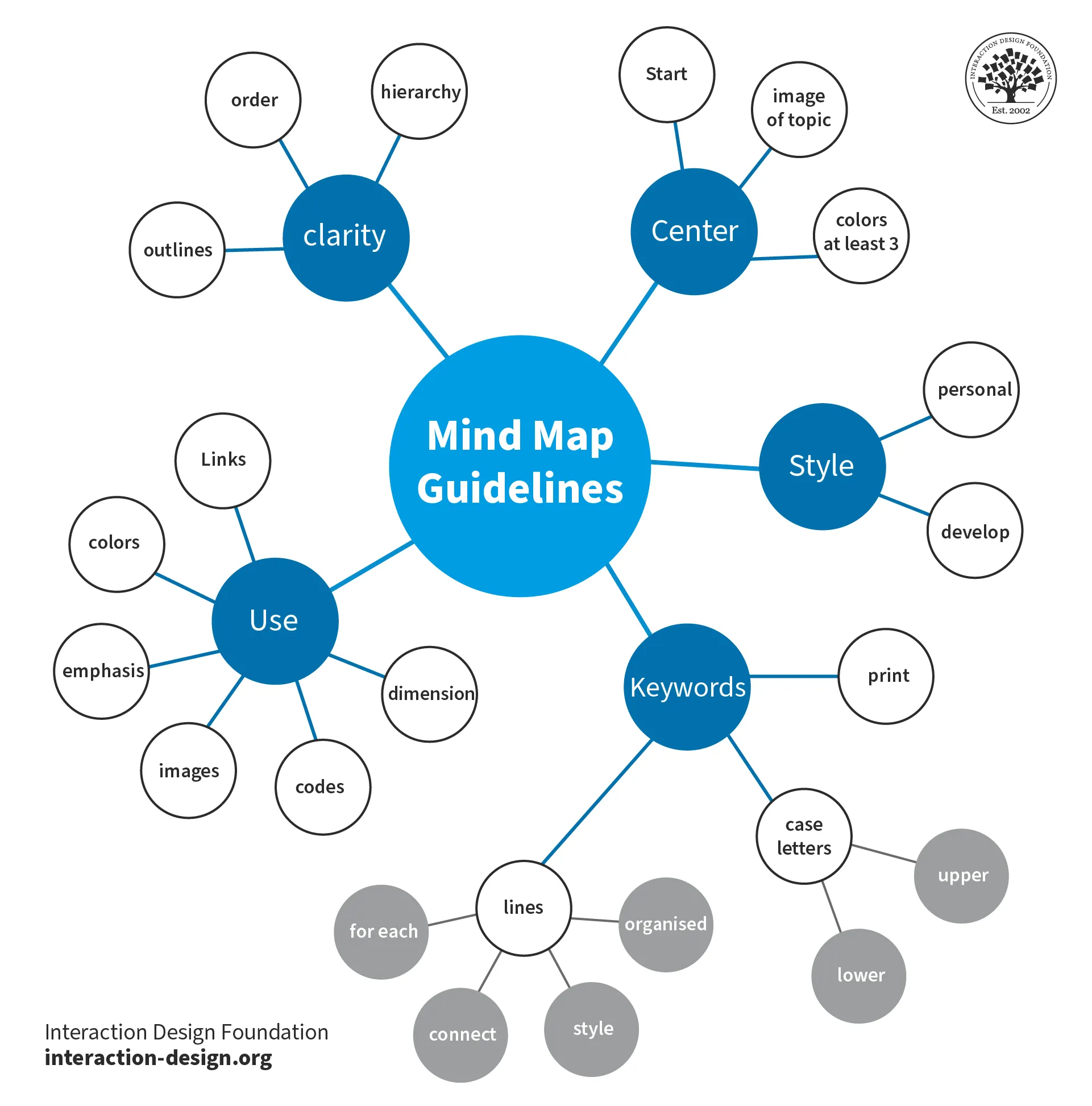In the fast-paced world of academia, the ability to retain and recall information is crucial for success. Whether it’s mastering a new language, understanding complex scientific concepts, or memorising historical events, effective memorisation techniques can make all the difference in achieving academic excellence. Among the myriad of methods available, mind mapping stands out as a powerful tool for enhancing memory and comprehension. In this blog post, we’ll explore the art of memorisation and delve into how mind mapping techniques can be utilised for exam success.
Understanding Memorisation
Before diving into the intricacies of mind mapping, it’s important to grasp the fundamentals of memorisation. At its core, memorisation is the process of encoding, storing, and retrieving information. While traditional methods like rote learning have their place, they often lack depth and fail to foster true understanding. memorisation should ideally involve active engagement with the material, allowing for meaningful connections to be formed.
Introducing Mind Mapping
Enter mind mapping – a visual technique that mirrors the way our brains naturally organise and process information. Developed by Tony Buzan, mind mapping involves creating a visual representation of concepts, ideas, and relationships. At its essence, a mind map begins with a central topic or theme, from which branches extend outward to represent related subtopics.
Research Supporting Mind Mapping in the UK
A study conducted at the University of Edinburgh examined the effectiveness of mind mapping as a study tool for undergraduate students. The study, published in the British Journal of Educational Psychology, found that students who used mind mapping techniques performed significantly better on information recall and comprehension than those who used traditional note-taking methods. The results of this study show that mind mapping can enhance learning outcomes, especially in academic settings.
The Benefits of Mind Mapping
One of the primary advantages of mind mapping is its ability to stimulate both the left and right hemispheres of the brain. By engaging in visual and spatial reasoning, as well as linguistic and logical thinking, mind mapping encourages holistic comprehension and retention. Additionally, the hierarchical structure of mind maps facilitates the organisation of information, making it easier to navigate and recall during exams.
Practical Applications
So how exactly can mind mapping be incorporated into exam preparation? Let’s explore some practical strategies:
- Start with the Big Picture: Begin by identifying the overarching themes or concepts that you need to understand. Use the central topic of your mind map to represent these key ideas.
- Break it Down: Once you have your central topic, break it down into smaller subtopics or components. Each of these branches can represent a different aspect of the main concept.
- Make Connections: As you add branches to your mind map, look for connections between different ideas. Draw lines or use colours to indicate relationships and dependencies.
- Use Visual Aids: Incorporate images, diagrams, and symbols into your mind map to enhance visual memory. Visual cues can make abstract concepts more concrete and memorable.
- Review and Revise: Regularly review and revise your mind maps to reinforce learning and identify areas that require further attention. Use them as a roadmap for your study sessions.
Case Study: Applying Mind Mapping in Language Learning
To illustrate the effectiveness of mind mapping, let’s consider its application in language learning. Suppose you’re preparing for a French exam and need to memorise vocabulary related to food. Instead of simply writing a list of words and their translations, you could create a mind map with categories such as fruits, vegetables, meats, and beverages. Each category would then branch out to include specific items, along with relevant images or associations. This visual representation not only aids in memorisation but also encourages a deeper understanding of the vocabulary within its context.
Conclusion
In the competitive landscape of academia, mastering the art of memorisation is essential for exam success. While there is no one-size-fits-all approach, mind mapping offers a versatile and effective technique for enhancing memory and comprehension. By harnessing the power of visualisation and organisation, students can transform their study sessions into dynamic and engaging experiences. So the next time you find yourself facing a mountain of material to memorise, consider adopting mind mapping as your secret weapon for academic achievement. Happy mapping!
With these insights into the art of memorisation and the practical applications of mind mapping, students can elevate their study techniques and approach exams with confidence. As the saying goes, “Knowledge is power,” and mastering the art of memorisation is a powerful tool indeed.
If you need support with developing study techniques and other life skills, contact us today to see how our mentors can help your learners to excel.

